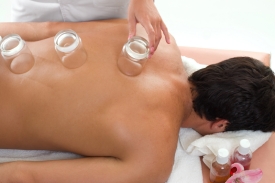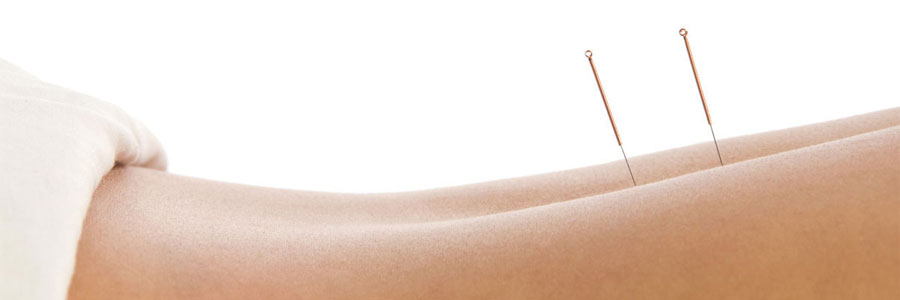Hexham Physio & Acupuncture
Helping you achieve a safe and speedy return to work, sport, and everyday life.
Acupuncture
Acupuncture is a system of healing which has been practiced in China and other Eastern countries for thousands of years.
Fine needles are used to stimulate specific areas of the skin in order to normalize body function.
Although many physiotherapists and doctors now use acupuncture as a means of pain relief, a traditionally trained acupuncturist is able to treat people with a much wider range of conditions. Recent research shows that acupuncture stimulates the brain to increase production of chemicals which have pain relieving and mood enhancing properties. It also appears to produce widespread autonomic effects, normalizing blood pressure, gastric function and body temperature.
The traditional view is that energy flows around the body in channels. While this energy is flowing freely, the body is in a healthy state. When this energy flow is disturbed, depleted or blocked, pain or illness may occur. The stimulation of acupuncture points helps to restore balance and promote physical and emotional well-being.
Recent clinical research increasingly supports the effectiveness of acupuncture in the treatment of a wide range of conditions. In 2009, the National Institute of Health and Clinical Excellence recommended the use of acupuncture within the NHS, as a cost effective treatment in the management of early, persistent, non-specific low back pain.
Conditions Treated
- Neck and back pain
- Arthritic pain
- Sports injuries
- Migraine and tension headaches
- Bell’s Palsy
- Stress and anxiety.
- Recent research shows that acupuncture is helpful during IVF treatment
Is Acupuncture Safe?
Members of the Acupuncture Association of Chartered Physiotherapists are required to undergo stringent training and are bound by professional codes of conduct through the Health Professions Council (HPC).
Patient who have been treated by AACP members are still eligible to donate blood through the National Blood Service
What Should I Expect?
Most people’s experience of needles is of those used in injections and blood tests. Acupuncture needles bear little resemblance to these. They are finer and are solid rather than hollow. When the needle is inserted, the sensation, if any, is often described as a feeling of warmth, tingling, or a dull ache.
Needles are inserted either for a second or two, or are left in place for up to 20-30 minutes, depending on the effect required. During treatment patients commonly experience a heaviness in the limbs, or a pleasant feeling of relaxation.
The number of treatments required will depend upon your initial assessment and the condition to be treated. For some conditions acupuncture can produce rapid results, but others may require a number of treatments over a period of time.
The effects of acupuncture are often cumulative, with changes increasing as treatment progresses.
Benefits of treatment frequently include more than just relief from a particular condition. Many people find that it can lead to increased energy levels, better appetite and sleep, as well as an enhanced feeling of well being.
Cupping Therapy

Cupping therapy uses small glass cups held by suction, to massage the body. It finds its roots in traditional Chinese medicine, but is now increasingly used by physiotherapists, osteopaths and chiropractors to provide very effective deep tissue massage. It reduces muscle and tissue stiffness, relieves pain and activates the lymphatic system.
